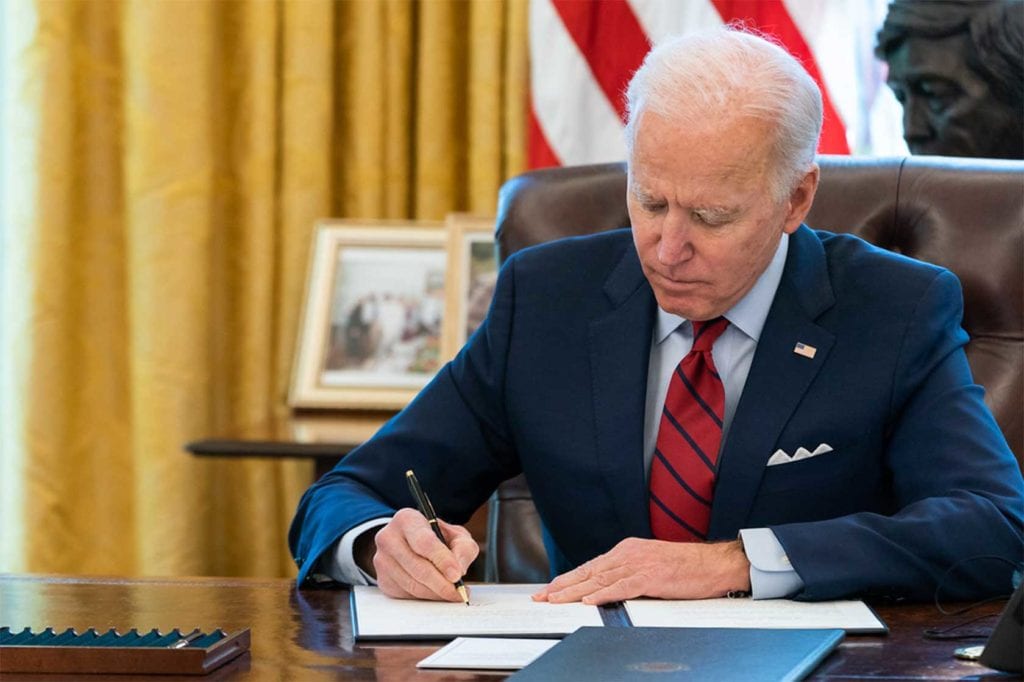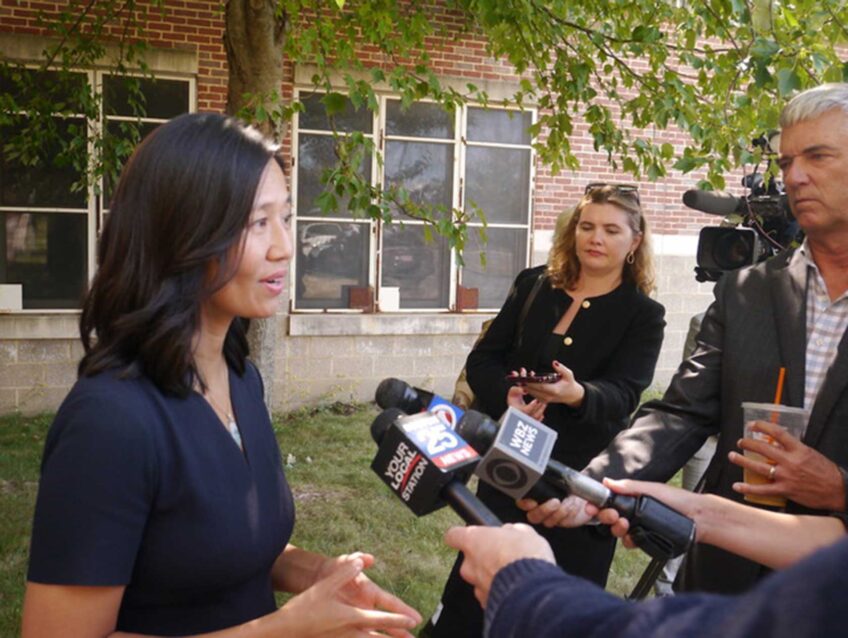Biden administration gives guidance on schools
Says schools should open when transmission rates are lower

The Biden administration last week released new guidelines on reopening schools, for the first time offering federal guidance on issues including physical distancing and air quality in classrooms, COVID-19 testing and acceptable community spread rates.
The plan has drawn praise from teachers and the unions that represent them and condemnation from education reform activists and pro-business groups.
“For the first time since the pandemic began nearly a year ago, we have clear, actionable safety measures to keep both students and teachers safe,” said Boston Teachers Union President (BTU) Jessica Tang, in a statement. “It will also be important for Congress to ensure districts have the funding they need to implement the guidance.”
The Biden administration’s stimulus plan calls for $130 billion in aid to help school districts safely reopen schools.
Teachers unions, including the BTU, are calling for vaccination of teachers and school staff and regular testing of students.
Currently, 64% of school children in the United States are receiving some form of in-school instruction, either a combination of at-home and in-school or fully in-school. In Massachusetts, public school students in predominantly white communities and communities with low coronavirus transmission rates are more likely to have in-school instruction, along with students in private and parochial schools. In school districts serving predominantly low-income Black and Latino neighborhoods where community spread, hospitalization and mortality rates are high, schools are more likely to remain closed.
In Boston, limited in-school instruction has only been made available to high-needs students. Yet many parents of high-needs students are not opting for in-school instruction.
While a majority of white parents in Boston are in favor of returning to in-school instruction, most Black Latino and Asian parents are hesitant about in-school instruction for their children. Last spring, when the pandemic first struck, Boston teachers cited COVID deaths within families and increasing demands on students to provide income for families whose members were laid off as impediments to students staying engaged with coursework.
Teachers, meanwhile, have raised concerns over the safety of in-school instruction as well as state and district mandates that teachers provide instruction in-person and online simultaneously, a requirement that forces them to divide their attention between students in their classroom and students logged in online.
Tang said the BTU is waiting for the district to complete its testing of air exchange rates — the rate at which fresh air enters and exits a room — in BPS classrooms. She said the union is also calling for more widespread and accessible COVID testing for school staff, testing samples of students to determine whether there’s in-school spread, more personal protective equipment for school staff and the CDC guideline of at least six feet of social distancing.
Tang said she remains hopeful the city can return students to classrooms soon, although by the CDC guidelines, community transmission in Boston is still too high.
“I do think we’re generally heading in the right direction,” she said. “We still need to review the data from air exchange testing.”
That data won’t be completed until the first week of March.





